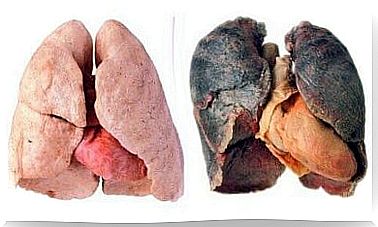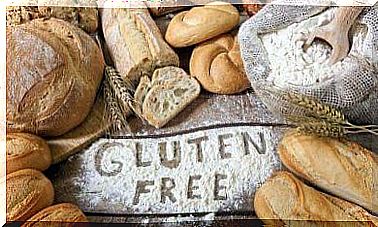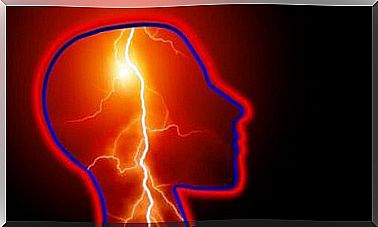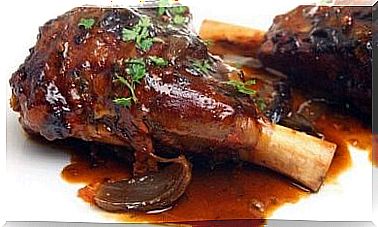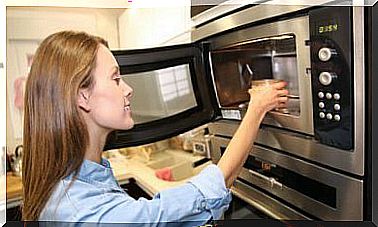Do You Know What “excipients ” Are In Medicines?
You have probably heard the expression ‘ excipients of the medicine ‘ before, or seen them many times, perhaps while reading the package insert of the medicine. But do you know what this relates to?
Drug excipients are constituents of a preparation or drug, in addition to the active agent, which is the therapeutic molecule. In this sense, the drug mainly consists of an active substance and a set of auxiliary substances.
The purpose of this combination is to obtain the desired dosage form. The dosage form is thus an individualized system to which drugs and excipients are adapted. In other words, it is the physical appearance given to drug substances to facilitate their administration.
For example, a syrup is one pharmaceutical form for oral administration, but pills are another pharmaceutical form.
In short, manufacturers combine excipients with active drugs in various pharmaceutical forms (oral, intravenous, rectal, nasal, etc.) to produce a drug that is a combination of these substances.
Let’s take a closer look.
What are the excipients of drugs for?
Excipients fulfill the function of facilitating the preparation, storage and administration of drugs. They are also the only ingredients that can differ between a brand-name drug and a generic drug.
Here are some of the most common types of these substances:
- Adhesives: Their function is to hold the components together. Some of the most common are starches, sugars, lactose, or sugars such as xylitol.
- Diluents : Diluents fill the contents of the tablet or capsule for a presentation that is comfortable for consumption. Plant cellulose is a very common excipient when it comes to tablets or hard gelatin capsules.
- Disintegrants: These excipients improve the release of the active ingredients in the digestive tract.
- Lubricants: Necessary in preventing the formation of lumps or sticking of ingredients to machines during their manufacture. Common minerals such as talc are among the substances most commonly used for this purpose. Steroid lubricant also plays a similar role.
- Coatings: These excipients protect ingredients from atmospheric agents such as air or moisture. They also make it easier to swallow tablets with a bad taste. The most commonly used coating is cellulose, which does not contain any allergenic substances.
- Sweeteners : The main function of these excipients is to make the tablets easier to swallow by improving their taste.
- Flavors and dyes: improve the organoleptic properties of drugs and, as a result, improve adherence to the therapeutic procedure.
How do the excipients appear in the package insert of the medicine?
The excipients are usually neutral, i.e. they have no effect on the body. However, they may sometimes have a recognized side effect or effect such as allergies or intolerances.
For this reason, you should always find out about the composition of the drug and make sure that you are using it correctly.
To find out which excipients the drug contains, it is enough to look at the package insert or the label. In the first case, you will find a full description of the excipients.
In other words, it will first be the code with the international non-proprietary name (INN) under which the drug is known, then the letter “E” – which does not always appear – and then the corresponding number.
However, only a code with the letter “E” and the corresponding number may appear on the product label. In other words, the common name need not appear.
For example, consider the excipient titanium dioxide. The package leaflet should say “E171 titanium dioxide” for medicines containing this excipient.
With this information on the package insert, many health problems can be prevented. For example, patients with celiac disease can check whether the preparation contains gluten. Likewise, patients with lactose intolerance can check whether any ingredients are adversely affecting them.
Application
Auxiliary substances are necessary for the manufacture of drugs. They improve the taste, appearance, absorption and distribution of the preparation.
As some of them may cause allergic or intolerant effects, before taking any medicine, read the information leaflet or ask your doctor or pharmacist about its composition.

